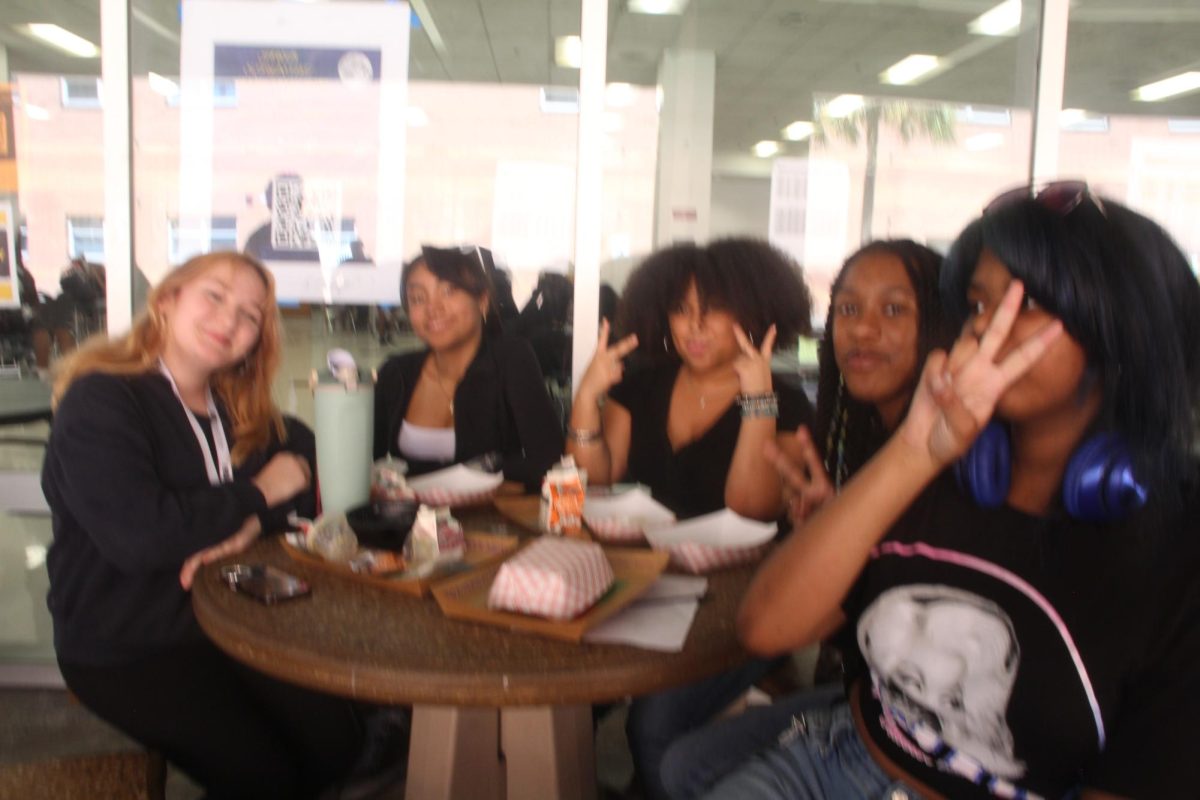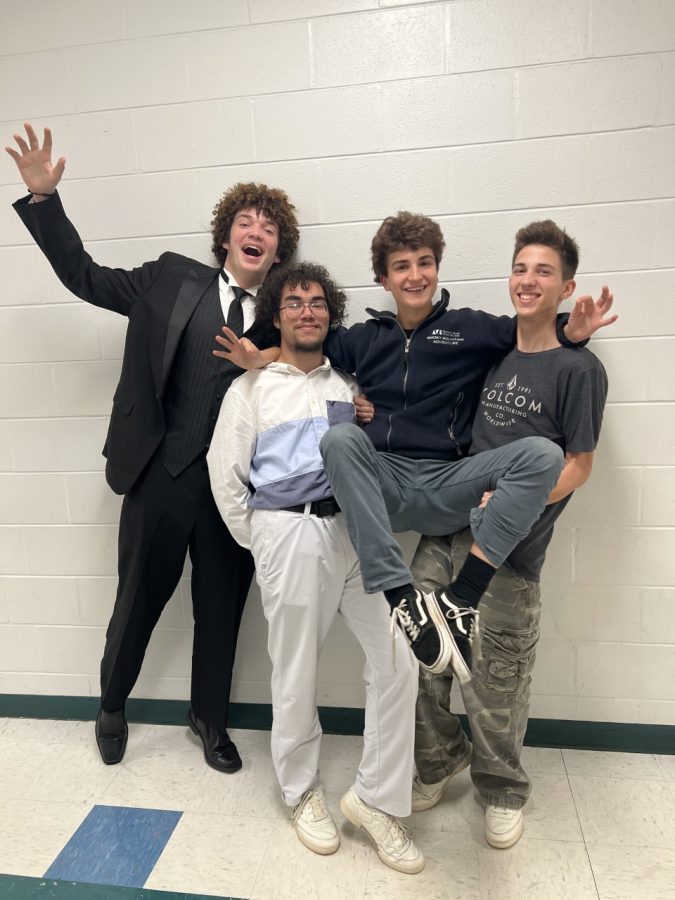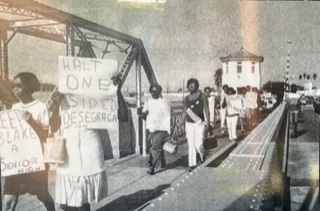The Daytona 500 is the apex of American motorsport, entertaining global spectators because it is full of adrenaline and also has a deep historical background. It’s not merely a competition but a cultural phenomenon that is deeply ingrained into American sport.
Having kicked off in 1959, the Daytona 500 has become symbolic for velocity, prowess, and stamina as the best drivers and top teams vie for victory on the sacred grounds of Daytona International Speedway. From the deafening engine sound to breath-catching moments on track, year after year, fans at the Daytona 500 are promised an unforgettable experience.
200 laps covering a distance of 500 miles making up this race that has never changed its unique format since its inception thereby testing the skillfulness of both drivers and machines that have to be accurate, planned and unfaltering. And with such narrow margins for error at Daytona whereby even little mistakes could lead to catastrophe; triumph often lies in wait until the final lap.
Names like Petty, Earnhardt, Gordon and Johnson are some of the most famous within the group of Daytona 500 champions, with each making an indelible mark on racing history. Their legends have been carved in stone with multiple wins that demonstrate unmatched prowess and dominance on the grandest platform of NASCAR.
Daytona 500 is more than a race; it’s an occasion filled with pageantry and tradition. From vibrant pre-race rituals to iconic reward presentations at Victory Lane, every second is charged with expectation and magic that attracts fans from all walks of life longing to be part of history being made.
With this countdown starting for another chapter into Daytona’s legendary heritage, tension rises up while expectations increase. The Daytona 500 still remains the ultimate test in terms of skill and will power for both drivers and fans, where champions are hailed and heroes born right there on sunbathed shores of Daytona Beach.










